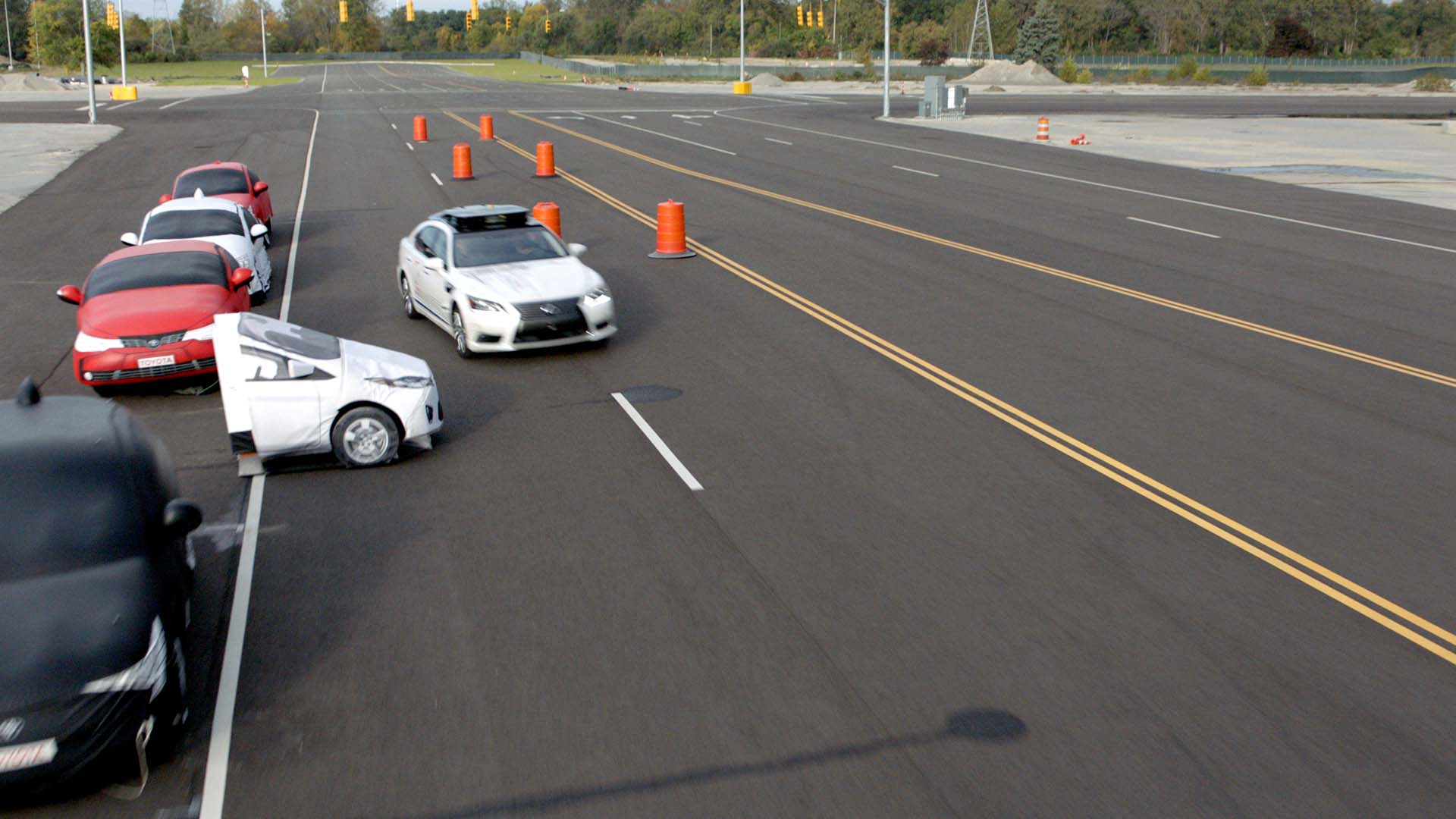IIHS, Consumer Reports put BMW, Mazda, Subaru on safety’s nice list; FCA, GM remain naughty

A joint effort by the IIHS and Consumer Reports to encourage the adoption of automatic emergency braking found that most automakers have implemented the life-saving technology on their vehicles.
Some automakers, though, remain on a list of those that have not equipped most of their vehicles with the technology in advance of the the 2023 model year, according to a report published Thursday by the IIHS and echoed by the NHTSA.
In 2015, every major automaker in the U.S. committed to equip 95% of new passenger vehicles sold with automatic emergency braking (AEB) by Sept. 1, 2022. Ten of the 20 automakers have already fulfilled that requirement; five automakers lag behind the rest when it comes to safety.
“Many automakers have shown ingenuity and agility in making city-speed AEB standard,” David Friedman, vice president of advocacy for Consumer Reports, said in a statement. “NHTSA should build on this progress by ensuring that by 2025 all new vehicles come standard with more advanced systems that can also detect pedestrians and work at highway speeds.”
Working with the IIHS, Consumer Reports lauded Audi, Mercedes-Benz, Volvo and Tesla for reaching the threshold last year. Now, BMW, Hyundai, Mazda, Subaru, Toyota and Volkswagen earn praise announced Thursday from the non-profit consumer advocacy and safety groups.
Using cameras and radars, the life-saving technology can mitigate or avoid crashes altogether, cutting rear-end collisions in half, according to the IIHS. The system, along with forward collision warnings, must reduce speeds by at least 10 mph from 25 mph in testing conducted by the IIHS. The IIHS teamed up with the NHTSA to broker the initial voluntary agreement five years ago to get automakers to comply in seven years. More than half are ahead of the timeline, benefitting drivers and pedestrians alike.
“Through this voluntary approach, we are seeing significantly faster deployment of automatic emergency braking than we would have through regulation, and that means lives are being saved and injuries are being avoided today,” NHTSA Deputy Administrator James Owens said in a separate statement.
Traffic fatalities in 2019 dropped 2% despite a 1% increase in more miles driven. It was the third consecutive year of reduced traffic fatalities.
“This voluntary effort is succeeding in getting an important crash prevention technology into vehicles quickly,” the IIHS President David Harkey said in a statement. “It’s great to see AEB become a mainstream safety feature that’s now standard equipment not just on luxury cars and SUVs, but on affordable models as well.”
Ford, Honda, and Nissan equipped 9 out of 10 cars produced in the last year with AEB, while Kia had a rate of 75%. Porsche equipped 55% of their vehicles with AEB, according to data gathered by Consumer Reports and reported by automakers to the IIHS. Ford logged the largest year-over-year improvement, and advanced to the next level of the commitment by installing AEB on 62% of its trucks and other vehicles that weigh between 8,501-10,000 pounds.
But there are some laggards, most notably from American automakers Fiat Chrysler Automobiles and General Motors. Jaguar Land Rover, Maserati, and Mitsubishi round up the bottom of the class by having fewer than half the units produced meet the AEB requirements.
“The few automakers lagging far behind on their AEB commitment—and especially Fiat Chrysler—must lay out exactly how they’ll reach and surpass where the industry is today,” Friedman said.

